Femoral Shaft Fracture Through Chronic Sinus Tract in Paraplegic Patient with Patella Baja and Spondyloepiphyseal Dysplasia
Score and Comment on this Case
Clinical Details
Clinical and radiological findings: A 45-year-old female with a history of spondyloepiphyseal dysplasia resulting in paraplegia presented with pressure ulcers over the sacrum and bilateral trochanters, more severe on the left. Previous debridements had been performed, and she was on suppressive antibiotics for the past year. A lytic lesion was noted in the midshaft of the left femur prior to fracture. During repositioning, a fracture occurred in the left femur. A chronic fistula, approximately the size of a billiard ball, was present at the fracture site, with multiple fistulas around the hip. There was minimal discharge before the fracture, which increased post-fracture.
Preoperative Plan
Planning remarks: The preoperative plan involved using a medial parapatellar approach for nail insertion due to patella baja. The plan included debridement of the fistula and sequestrum/involucrum, reaming of the medullary canal using a Reamer Irrigator Aspirator (RIA), and insertion of an antibiotic-coated intramedullary nail.
Surgical Discussion
Patient positioning: Supine positioning was utilized to facilitate access via the medial parapatellar approach.
Anatomical surgical approach: A medial parapatellar approach was employed, allowing entry for the intramedullary nail. Debridement of the fistula and sequestrum/involucrum at the fracture site was performed. The medullary canal was reamed using RIA to remove infectious debris.
Operative remarks:The surgeon noted the presence of chronic osteomyelitis at the fracture site, necessitating thorough debridement and irrigation. An antibiotic-coated retrograde intramedullary nail was used to stabilize the fracture and deliver local antibiotic therapy.
Postoperative protocol: Postoperative rehabilitation included limited weight-bearing on the affected limb until radiographic evidence of healing is observed. Antibiotic therapy was continued as per infectious disease recommendations.
Follow up: Not specified
Orthopaedic implants used: Antibiotic-coated retrograde intramedullary nail, Reamer Irrigator Aspirator (RIA) system.
Search for Related Literature

orthopaedic_trauma
- United States , Seattle
- Area of Specialty - General Trauma
- Position - Specialist Consultant

Industry Sponsership
contact us for advertising opportunities
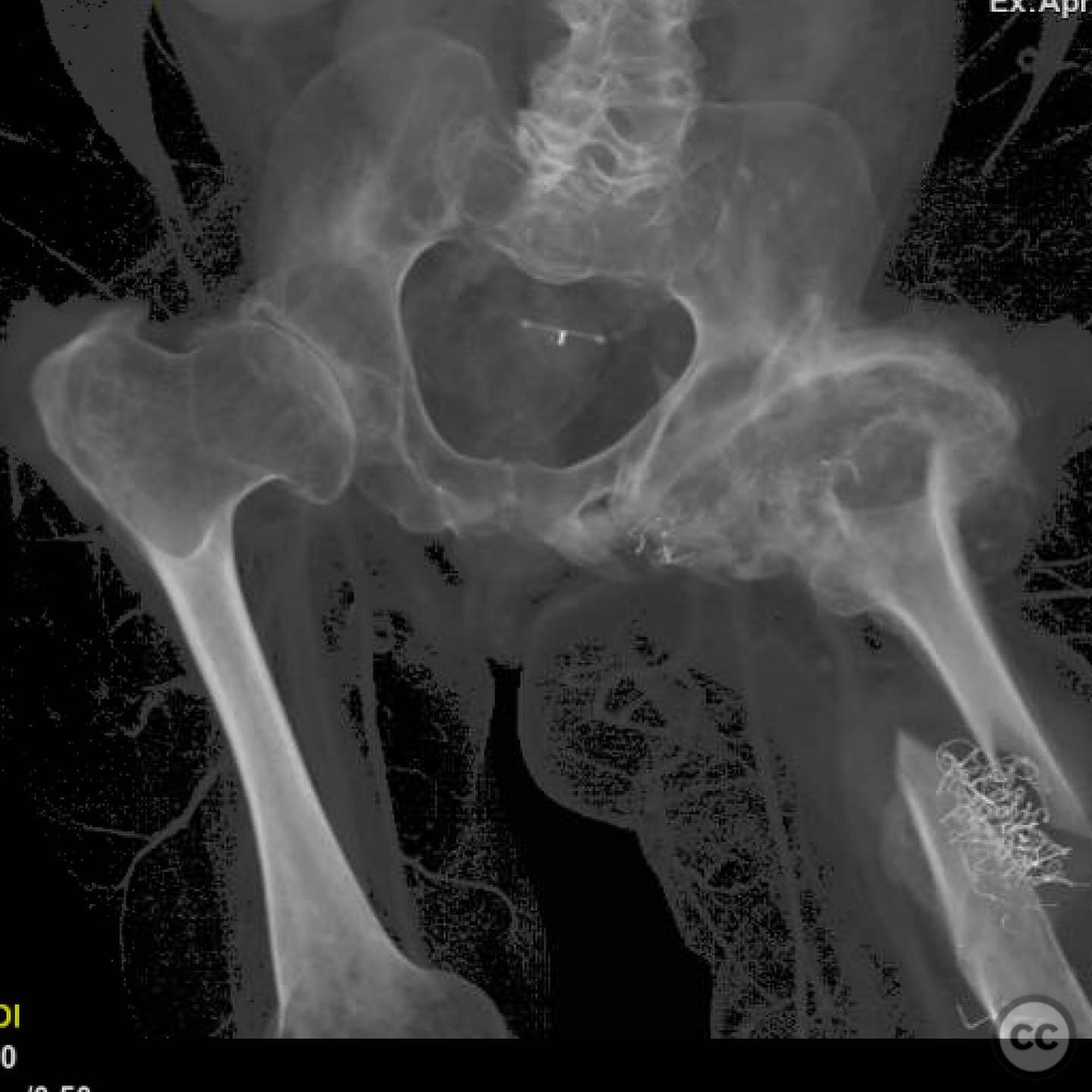
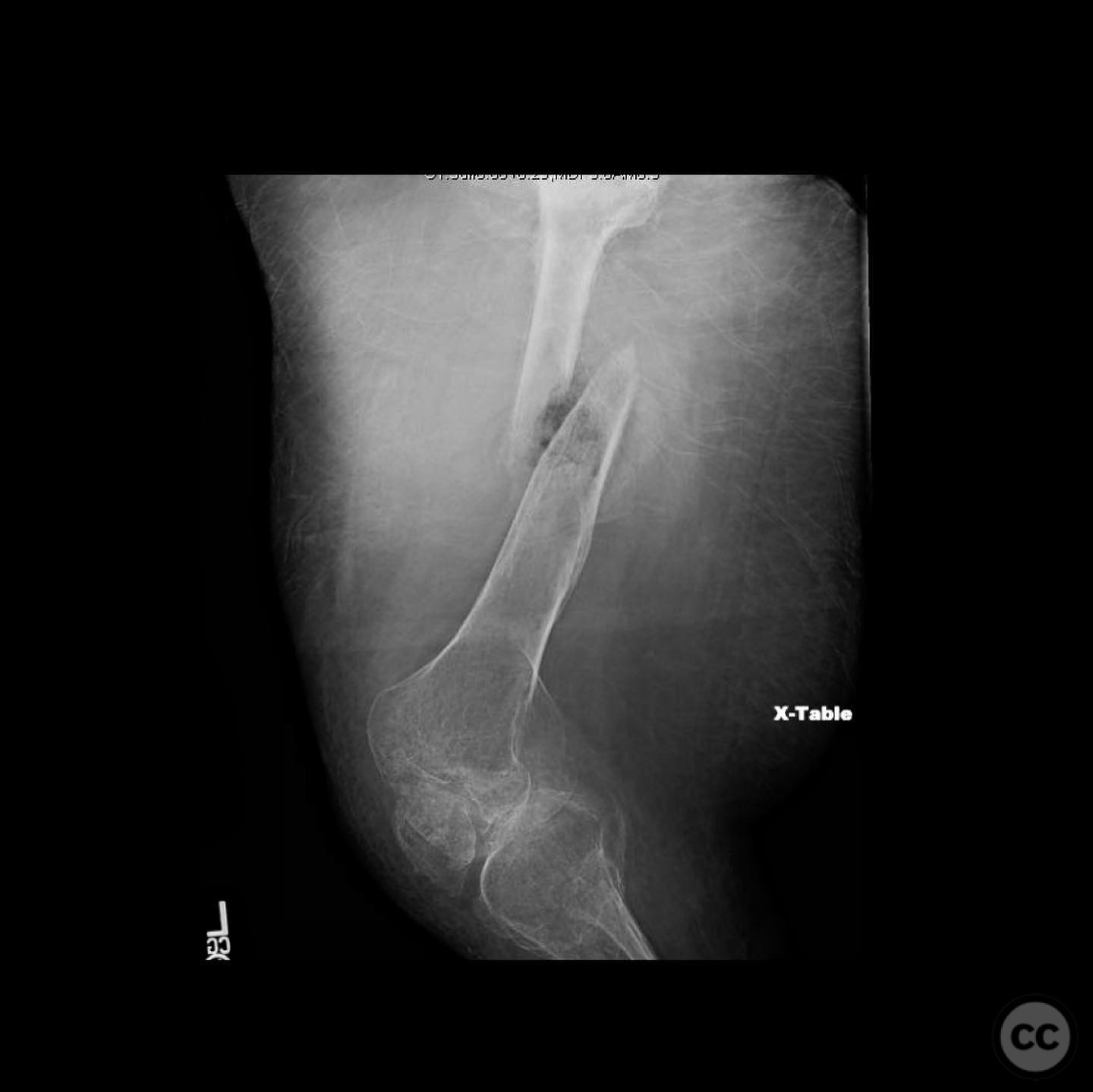
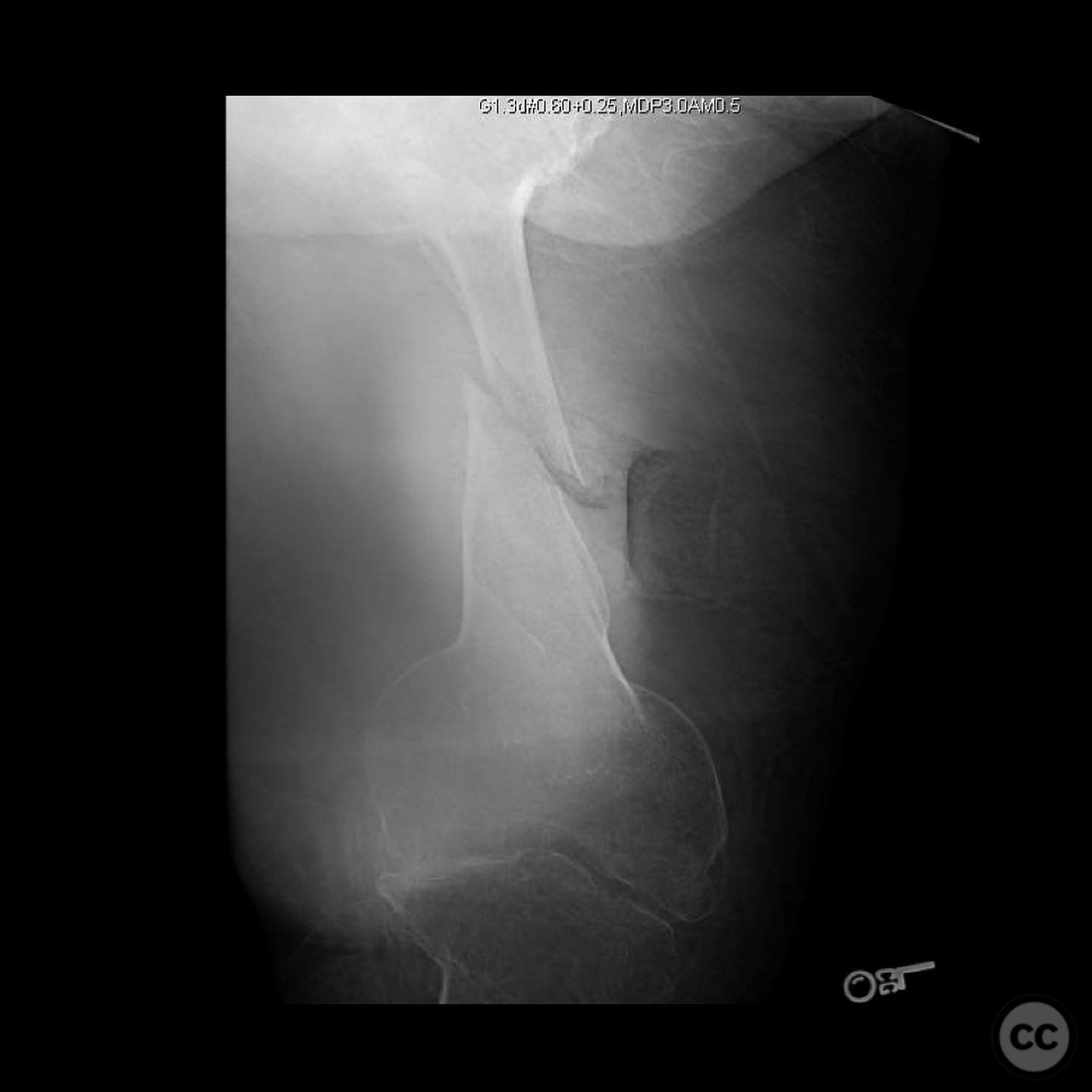

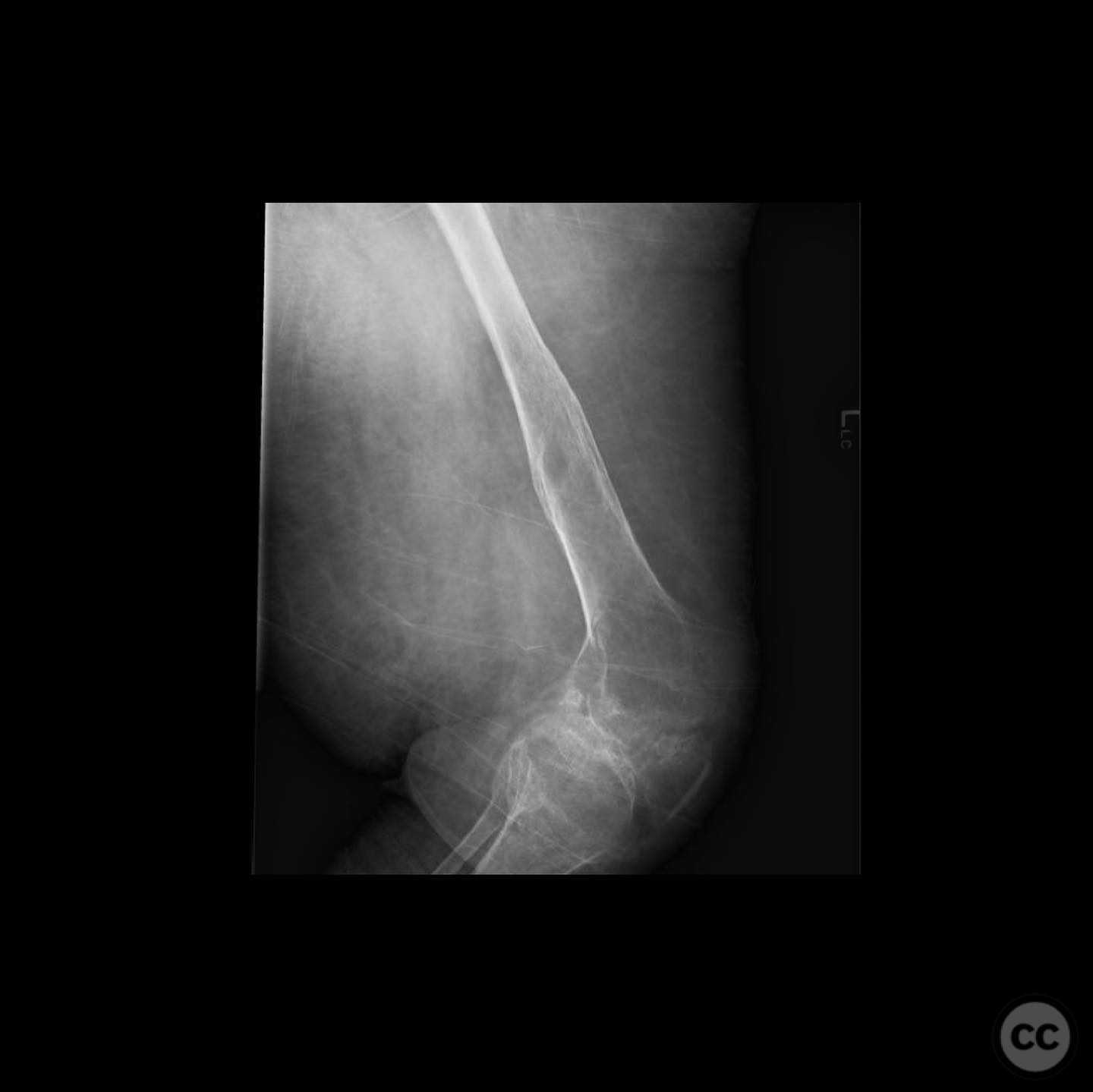
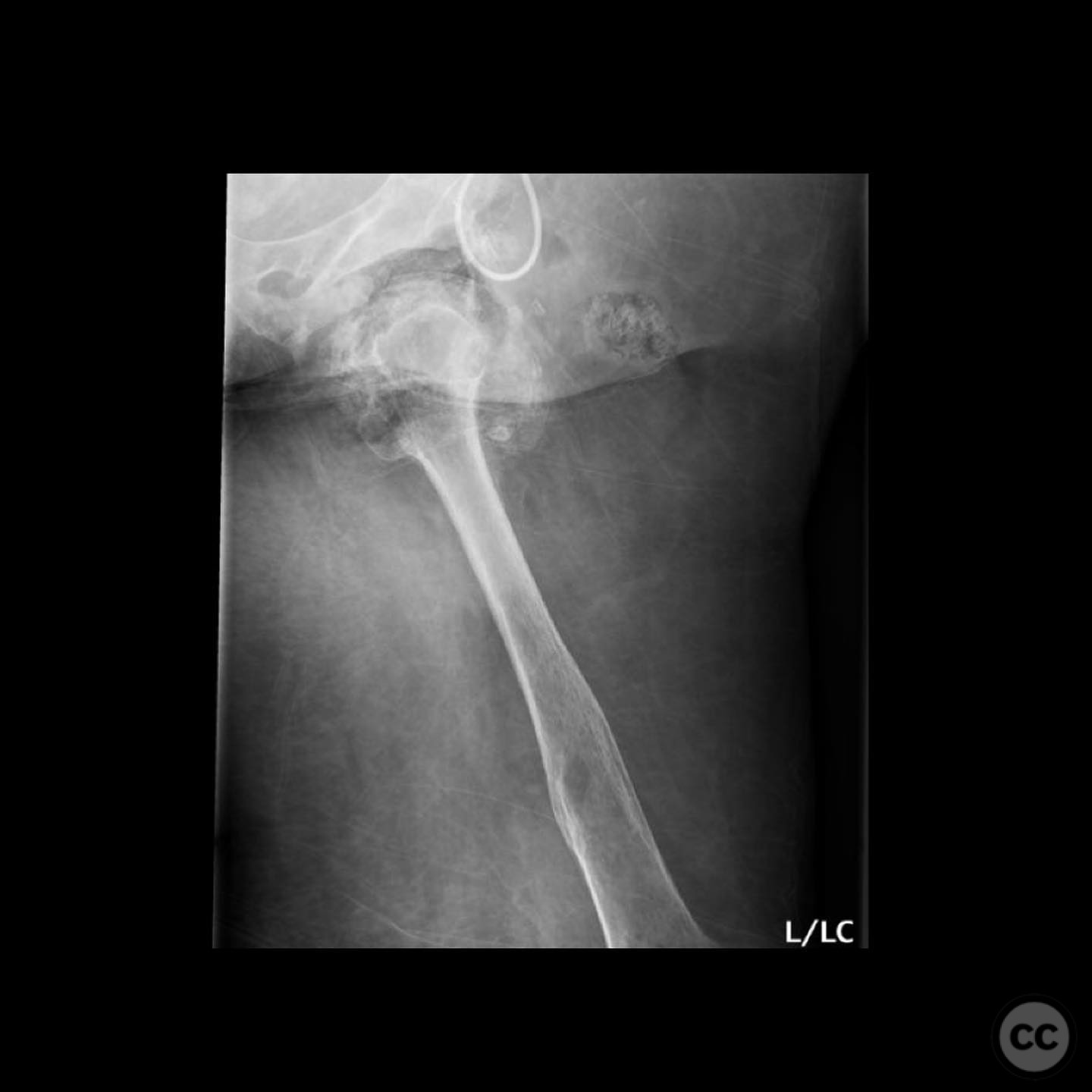

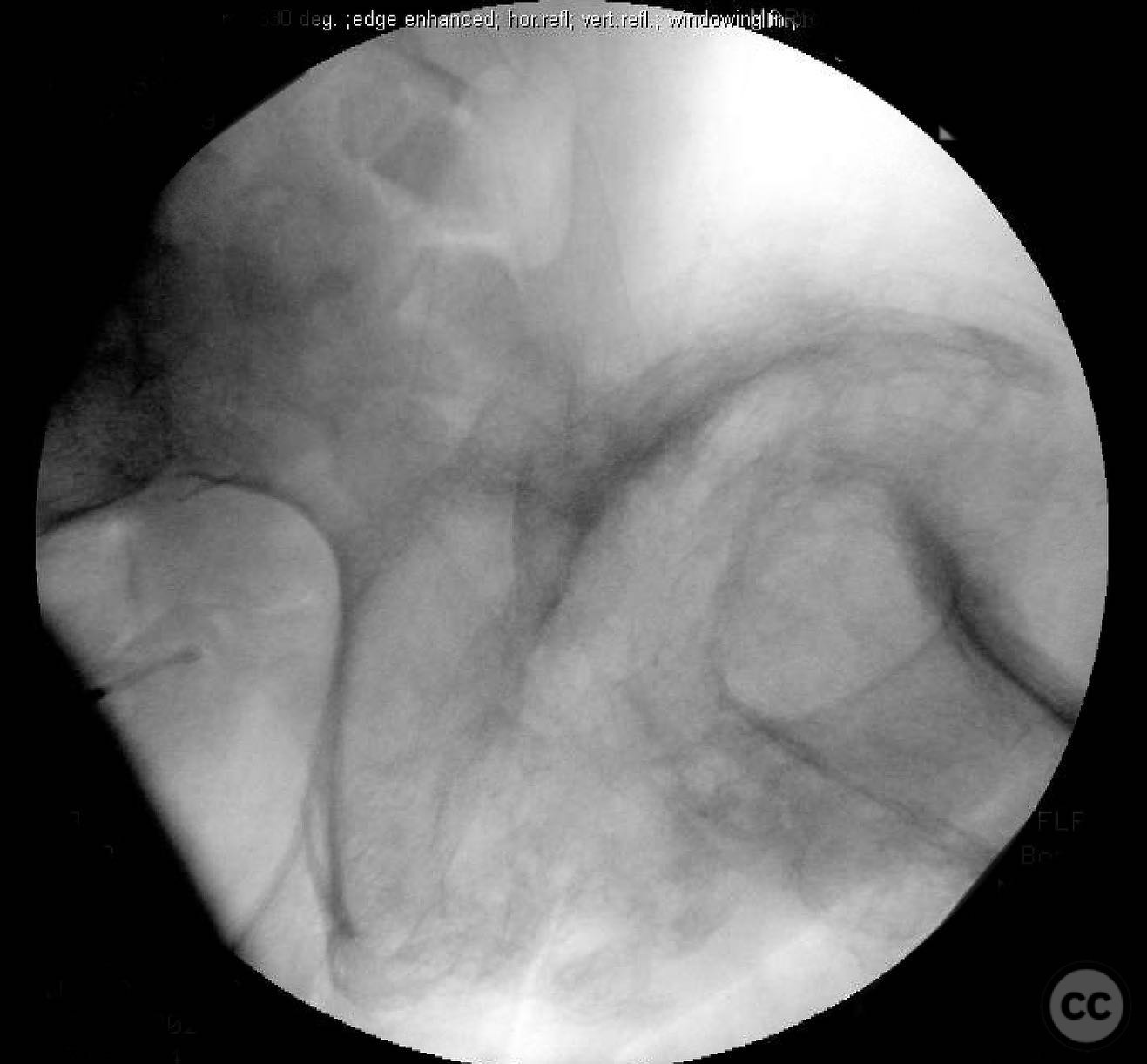
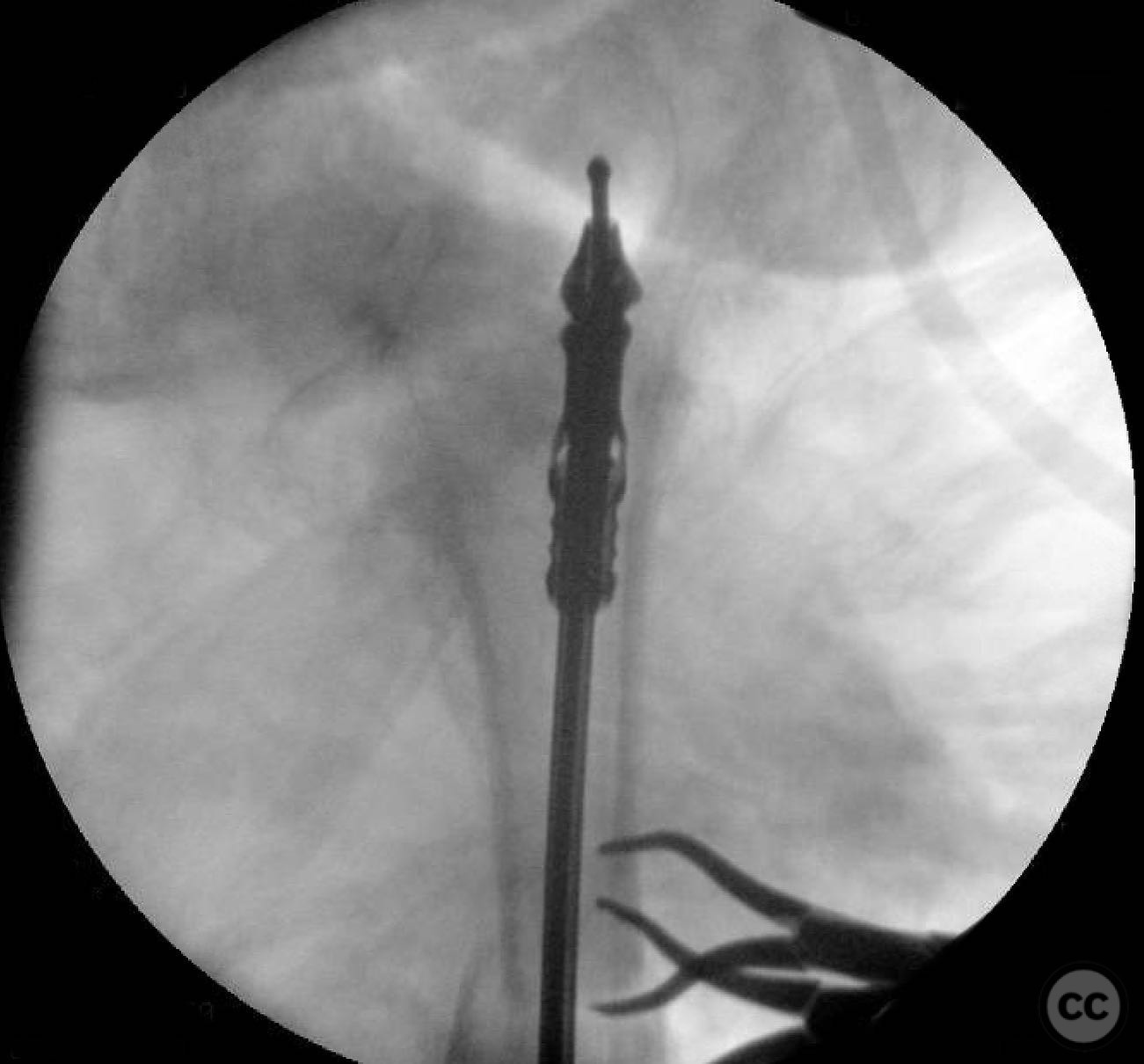
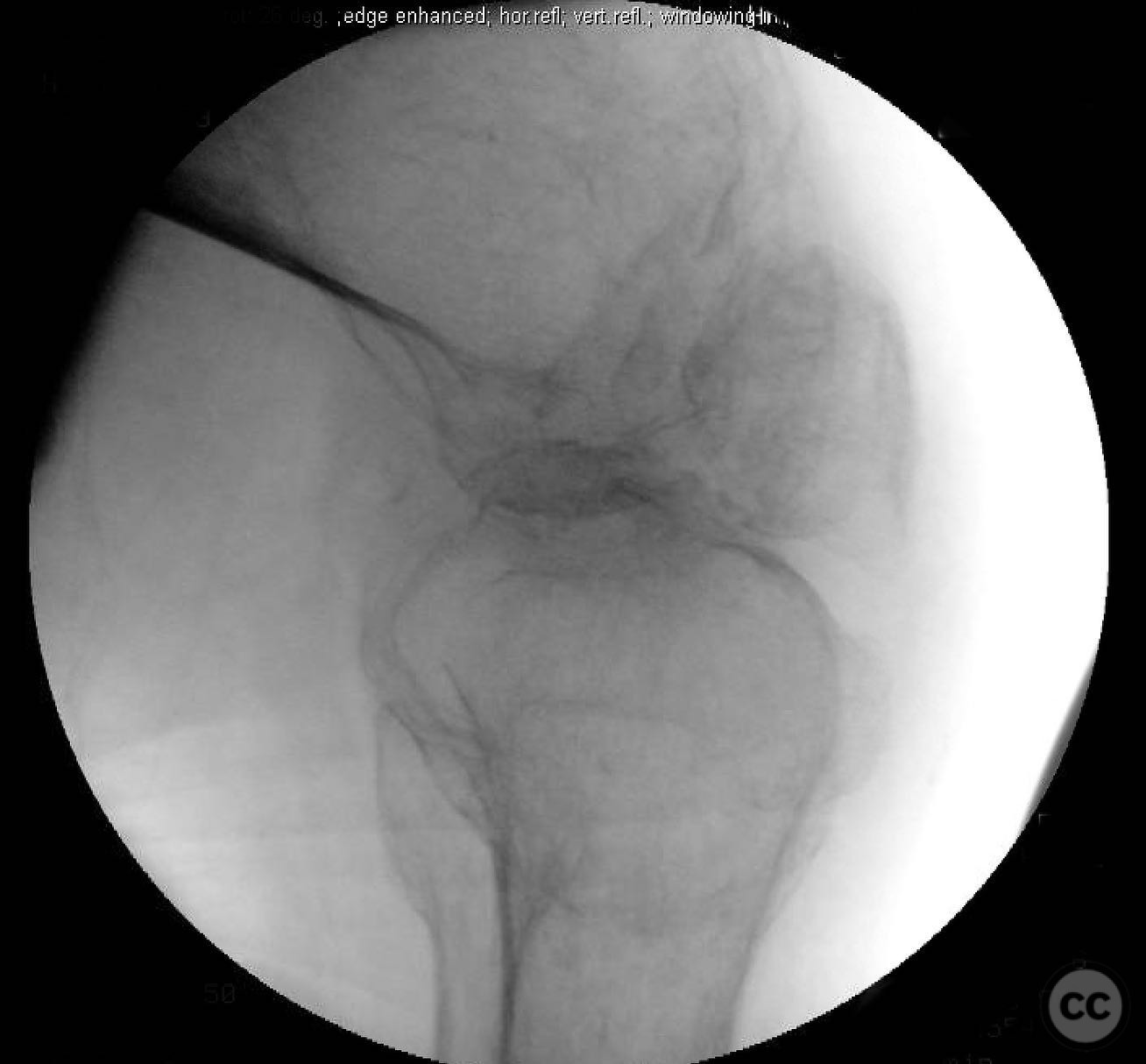
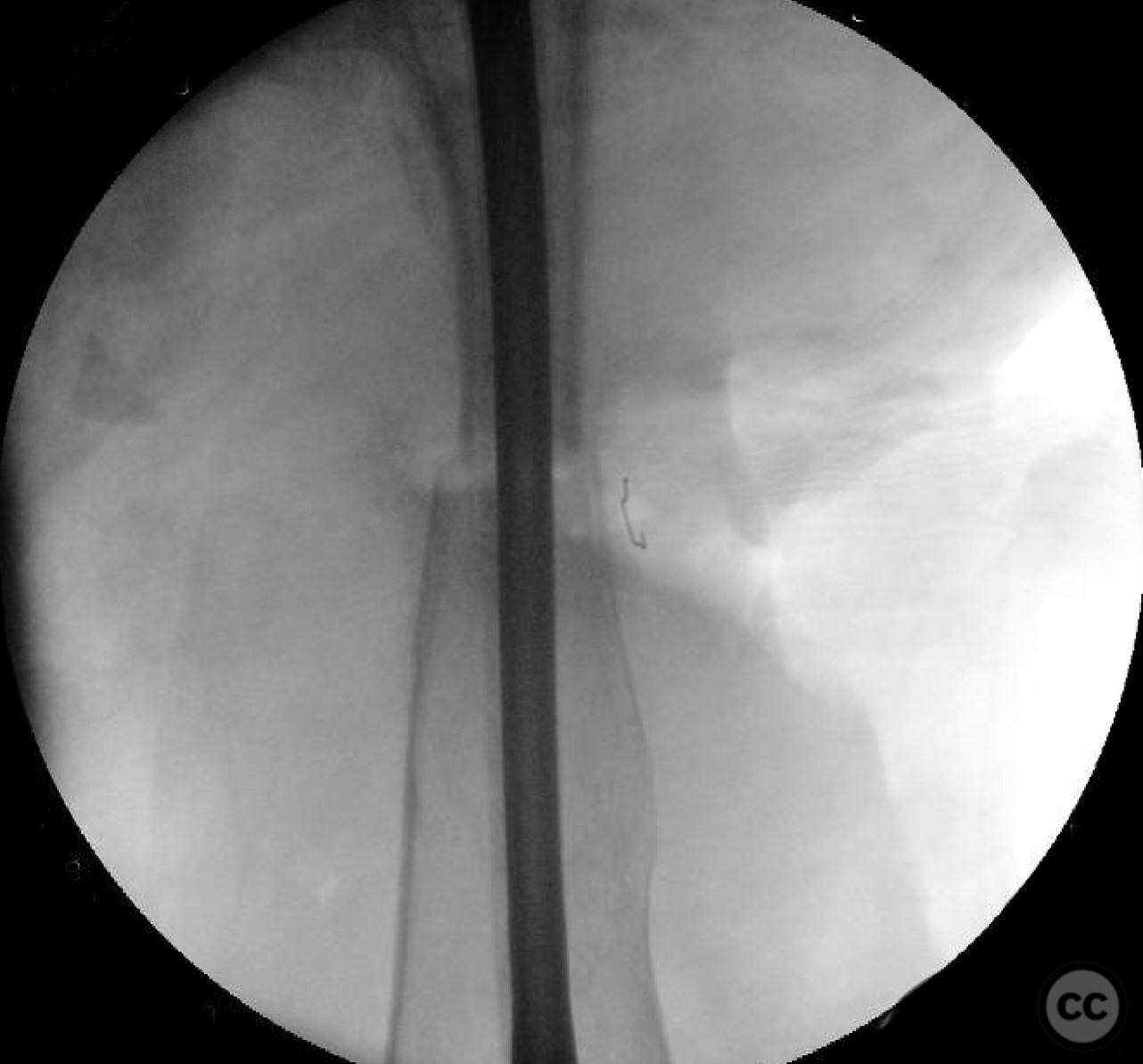
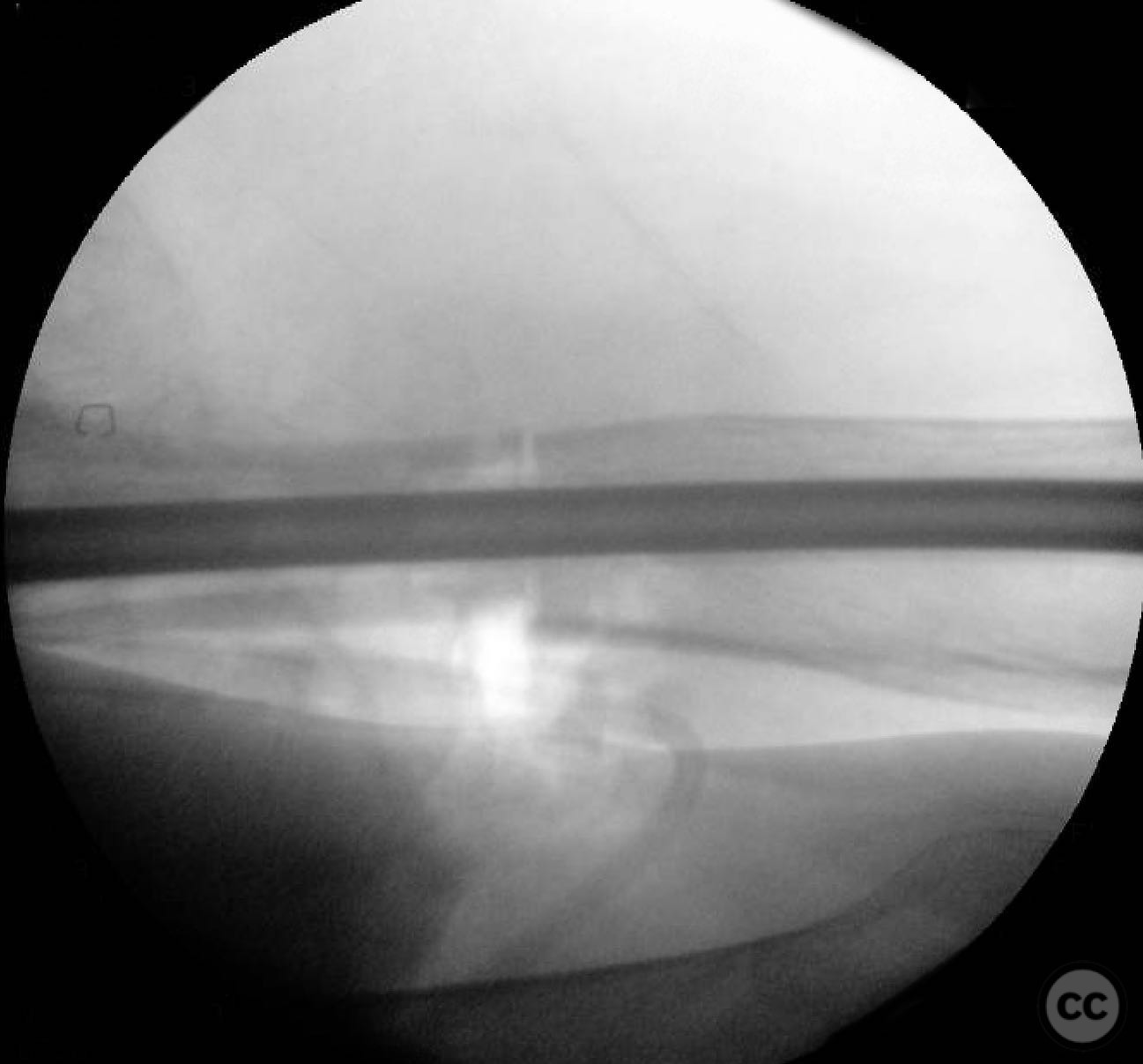
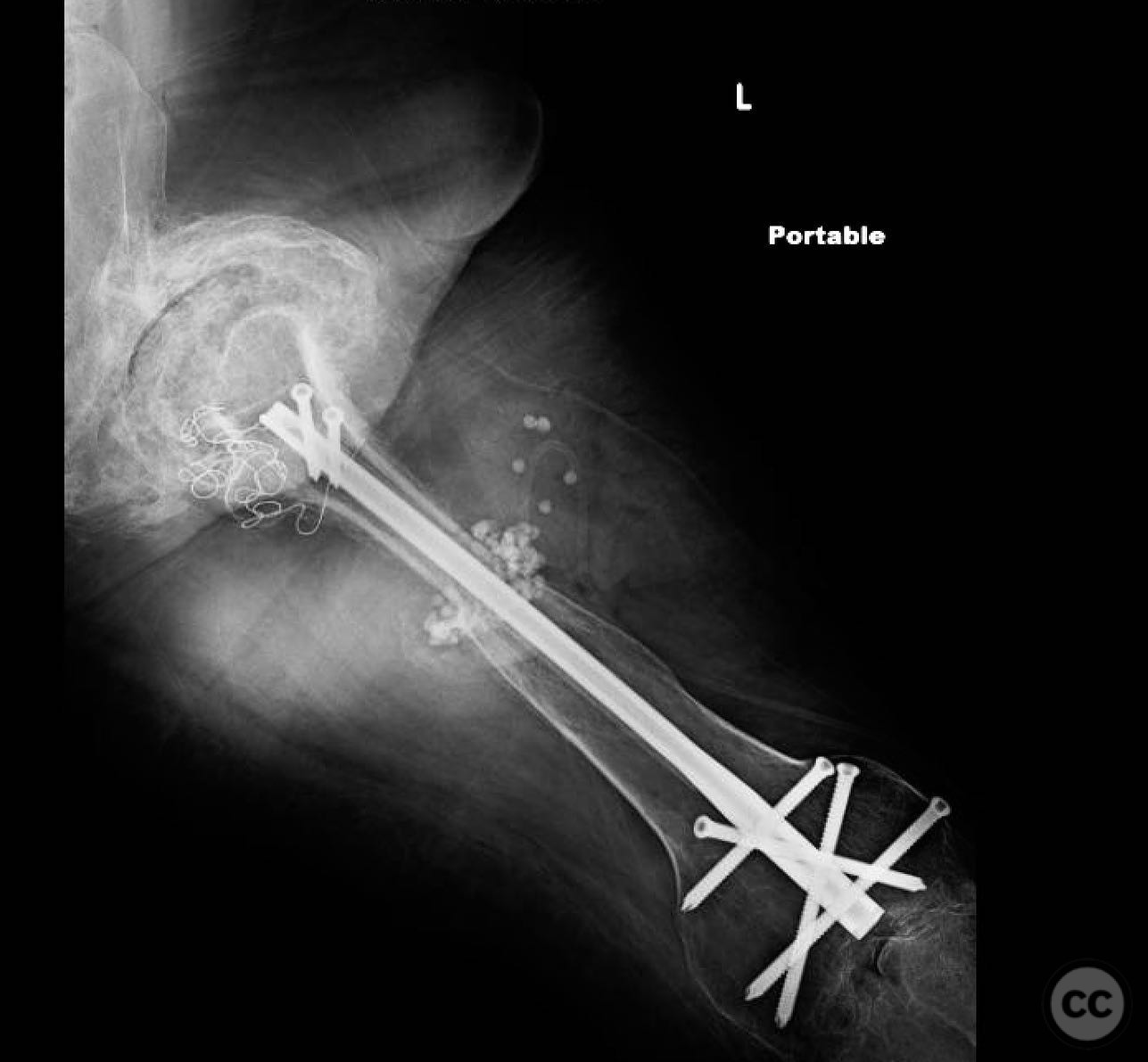
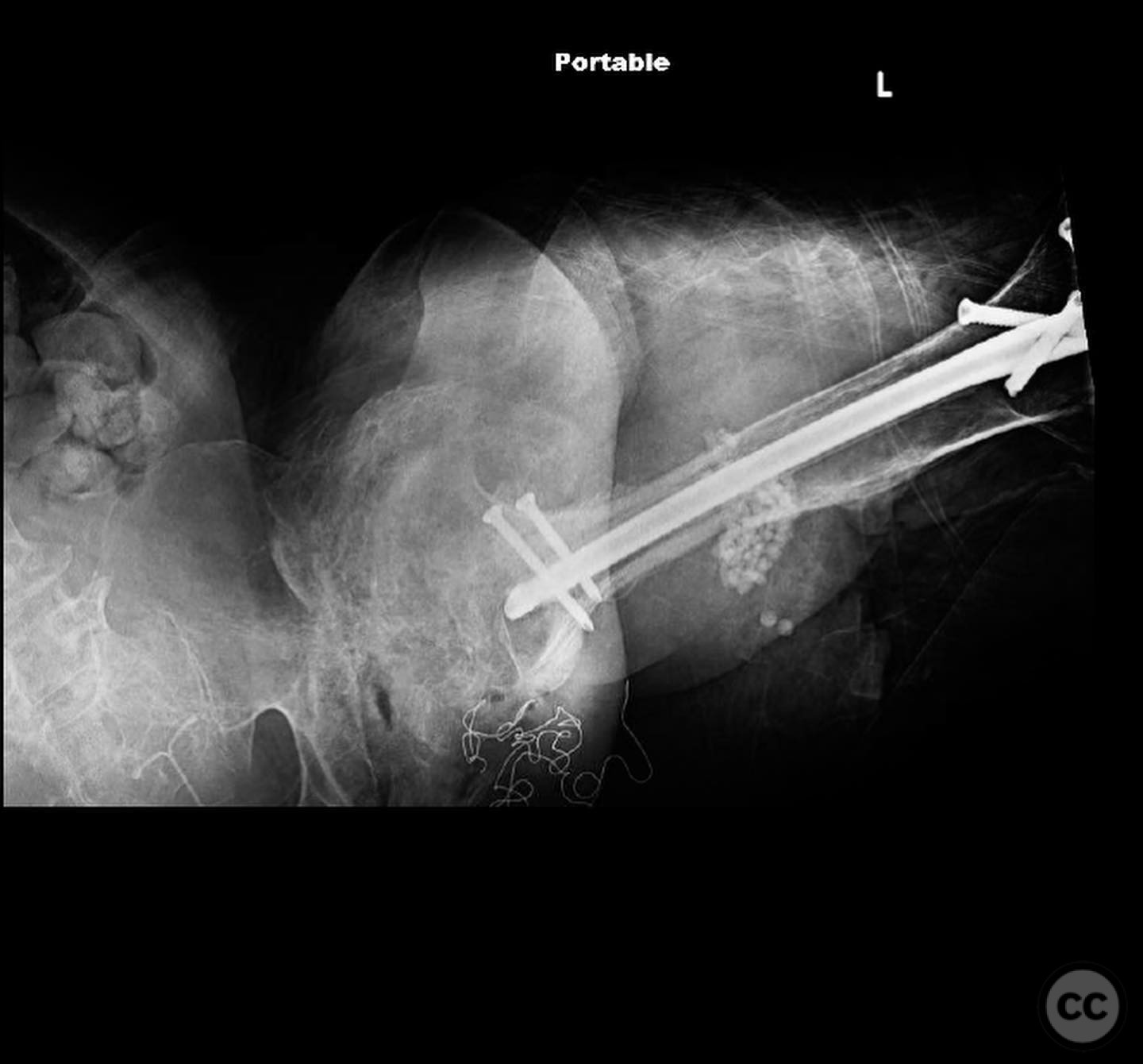
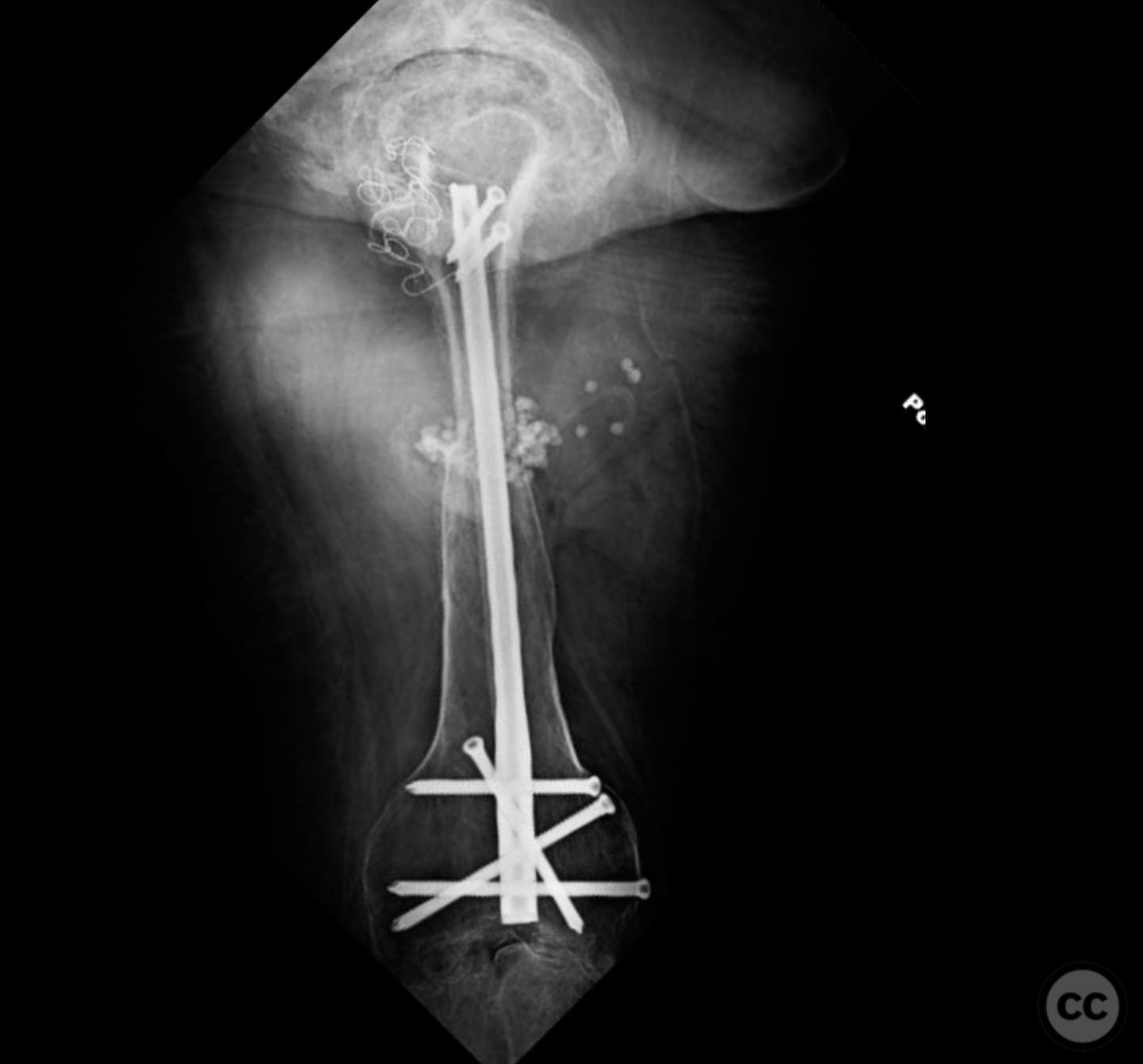
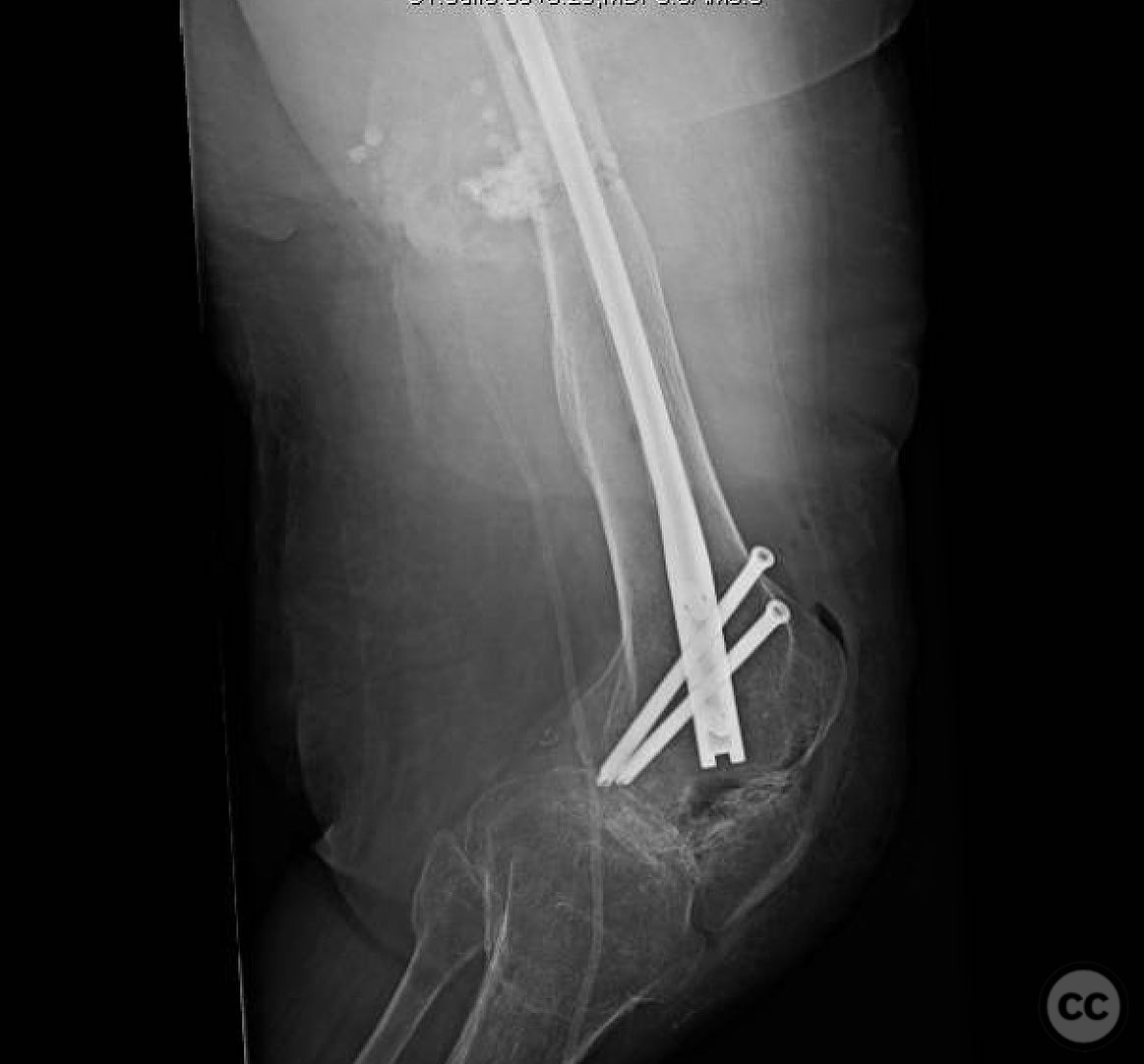
Article viewed 89 times
16 Jul 2025
Add to Bookmarks
Full Citation
Cite this article:
Surname, Initial. (2025). Femoral Shaft Fracture Through Chronic Sinus Tract in Paraplegic Patient with Patella Baja and Spondyloepiphyseal Dysplasia. Journal of Orthopaedic Surgery and Traumatology. Case Report 6377319 Published Online Jul 16 2025.